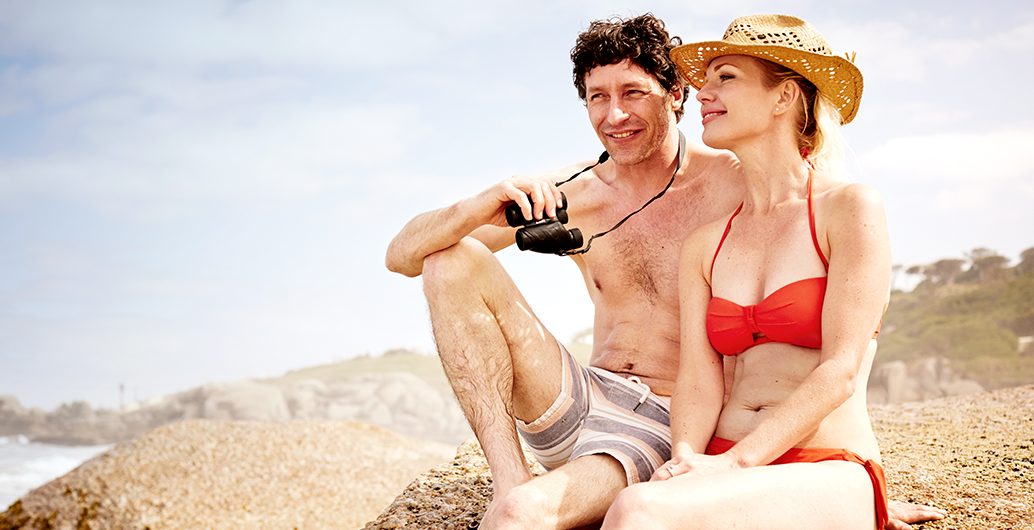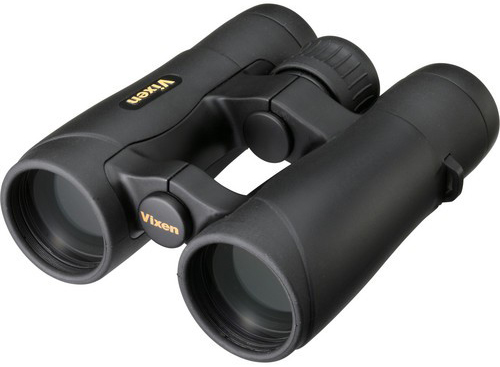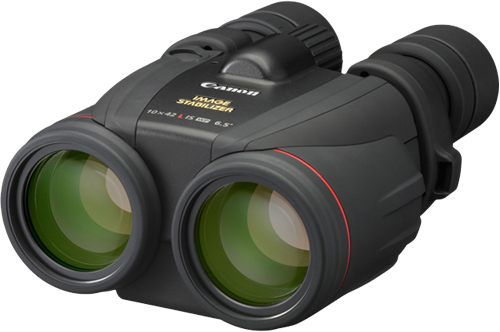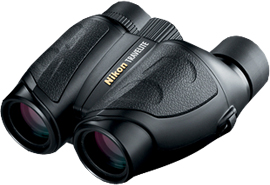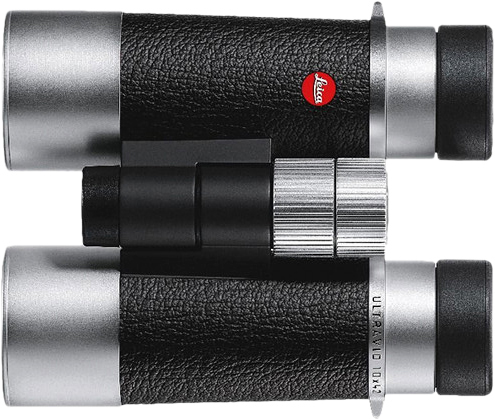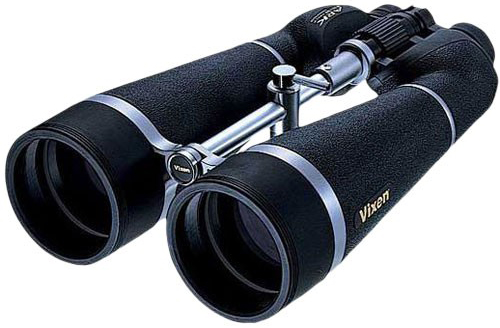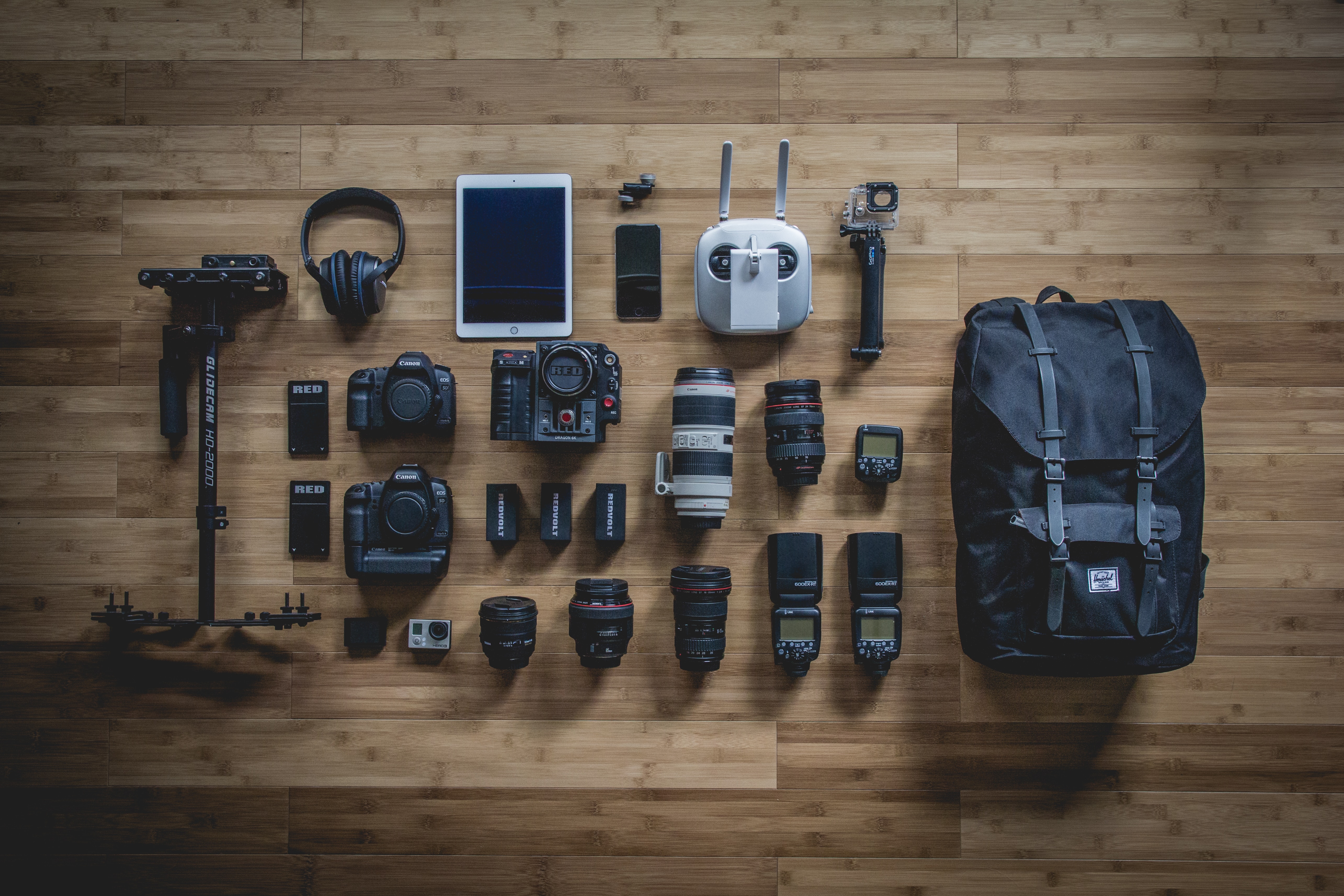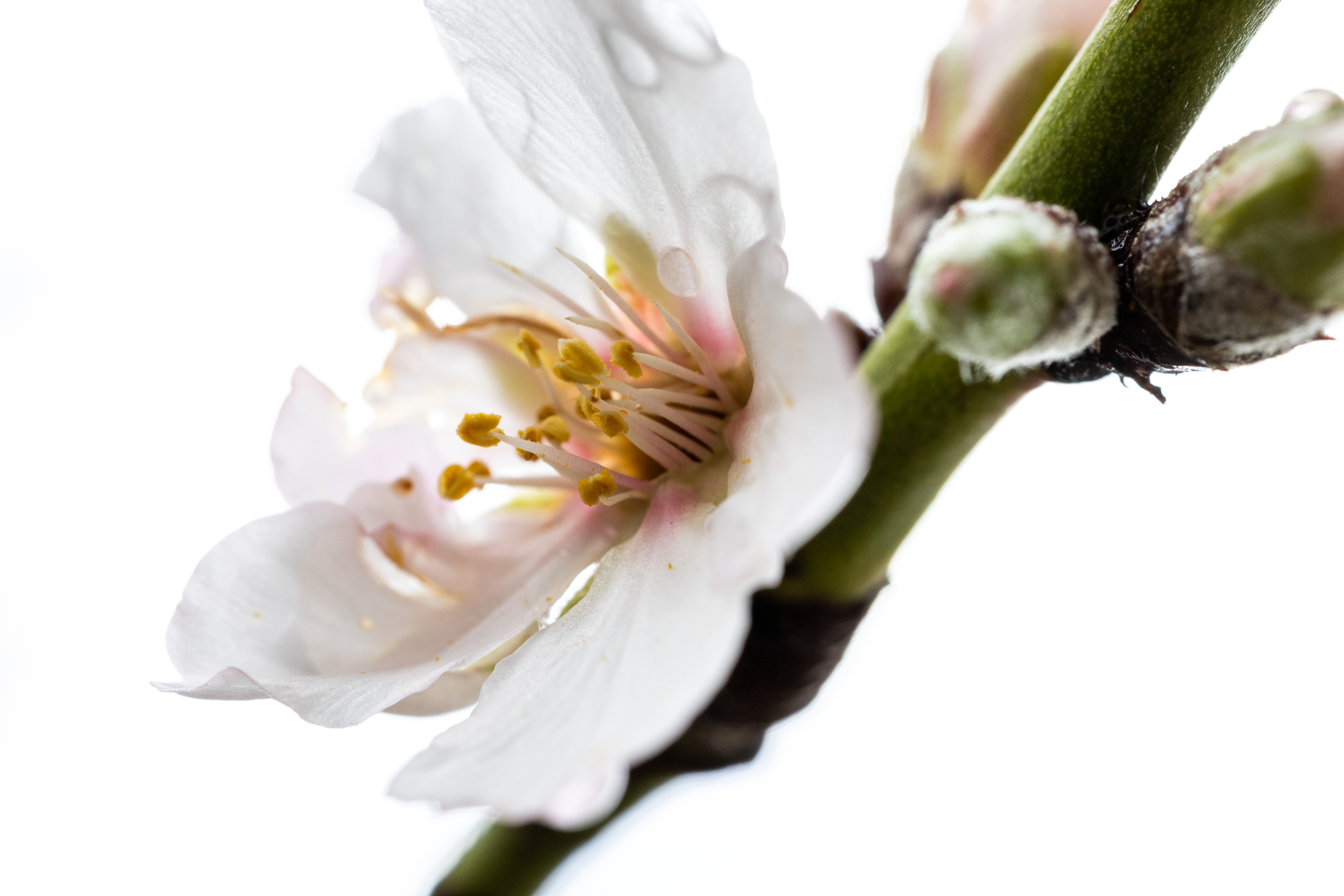Purchase a pair of binoculars with confidence: Here’s everything you need to know about binoculars in one easy guide.
For such a relatively simple device, buying a pair of binoculars is often a mystifying experience. Here’s a brief guide that will leave you with a lot more confidence when purchasing “verkykers.”
Please note, many of these concepts also apply to spotting scopes.
What do the numbers mean?
There are five primary factors to guide you to the correct binoculars for your needs.
- Magnification: The magnification power of binoculars are represented by the first number in their specification. For example, 8×42 binoculars will have a magnification of 8x. That means that the subject you’re looking at appears 8 times closer to you. Another common specification is 10×42. The same applies as above – the subject appears 10 times closer to you.
- Front Lens Element Diameter: The diameter front lens, also known as the objective lens, is represented by the second number. For example, the front lens elements of 8×42 binoculars are 42mm in diameter. 10×42 binoculars also have 42mm front lens diameters. But to understand the implications of this, we need to introduce you to the third factor.
- Exit Pupil: This is the factor that often leaves prospective buyers confused. The exit pupil represents the brightness of a binoculars, and it’s diameter is derived by dividing the front lens diameter by the magnification. The larger the exit pupil, the brighter the binoculars will be. For example, in the case of 8×42, 10×42 and 10×50 binoculars, the exit pupils will be 42 ÷ 8 = 5.25mm in diameter, 42 ÷ 10 = 4.2mm in diameter, and 50 ÷ 10 = 5mm in diameter. As you can see, a larger magnification paired with a smaller front lens diameter will result in a smaller and darker exit pupil.
- Field of View: The field of view, also referred to as the angle of view, is determined by the binocular design. A field of view larger than 6º is considered wide angle, and results in a more comfortable viewing experience. The field of view is often printed on the body of the binoculars, or detailed on the specification sheet. Stronger magnification binoculars will typically have a narrower field of view.
- Eye Relief: The final factor you may want to look out for is the eye-relief, especially if you wear glasses. This is the distance at which the exit pupil is formed, and most brands recommend an eye-relief of 10-15mm, or even longer, for eyeglass wearers. Check the specifications of the particular binoculars that you’re interested in to get eye-relief distance.
Above: Vixen’s Foresta 8×42 binoculars are a good example of roof prism binoculars with decent magnification and a large exit pupil for a brighter image.
Other Special Features To Consider
- Porro prisms are more forgiving in their design and optical requirements. They usually require that the objective lens and ocular lens be off-set from each other, resulting in more bulky binoculars. Porro prism binoculars are also typically more affordable.
- Roof prisms are similar to the pentaprism used in a DSLR camera, and have a more complex light path requiring higher quality optics and materials. This design offers the convenience of having both objective and ocular lenses on the same axis, which makes for more compact and ergonomic binoculars.
- Canon has a range of image stabilised binoculars to choose from. This means that you can use a stronger magnification without the effects of shake occurring due to the strong magnification. The trade off is that they are bulky in size and their field of view is narrower than non-stabilised versions.
- Full-size binoculars will usually have the largest objective lenses, while sacrificing portability, and the reverse is true for compact binoculars. You’ll usually find full-size binoculars used on boats or in vehicles, where they can be conveniently stored and size is not an issue, but if you intend to go hiking or travelling, the mid-size and compact types will be far more convenient. You’ll find various levels of magnification at each size, and even compact binoculars can offer decent magnification that match full-size units.
- You can also purchase waterproof binoculars, which are usually filled with nitrogen gas.
Above: These unconventional looking Canon 10×42 binoculars feature an active Image Stabilizer for countering shaky images.
Above: The compact Travelite range from Nikon proves that smaller binoculars can still offer great magnification – these are 12×25.
Brands
Orms stocks all the popular brands of binoculars: Vixen, Nikon, Canon, Leica, Steiner and Bushnell. The quality if the binoculars available from these brands ranges from entry level to the top end, which is Leica.
Leica binoculars offer the best optics – sharp, crystal clear images with no hint of lens aberrations – and extremely solid construction, but this luxury does come at a price. If your primary hobby is birdwatching and you have the funds available, look no further and get a pair of Leica binoculars.
Above: With the best optics and incredible build quality, these Leica 10×42 binoculars are as good as it gets.
Recommendations
For recommendations tailored to your needs and hobbies, please email our in-house sports optics specialists, Jason Stubbs and Bill Rayner.
Above: With 30x magnification, Vixen’s Giant 30×80 binoculars are ideal for stargazing.

